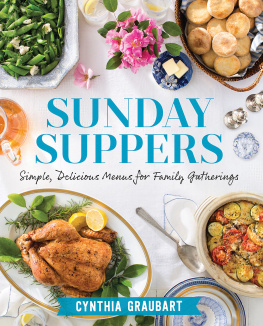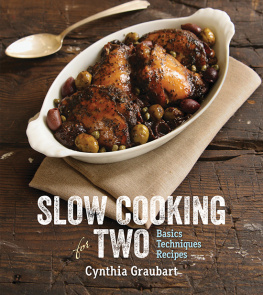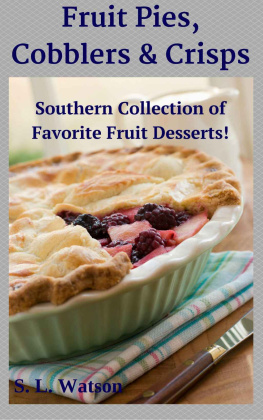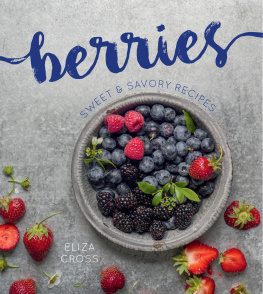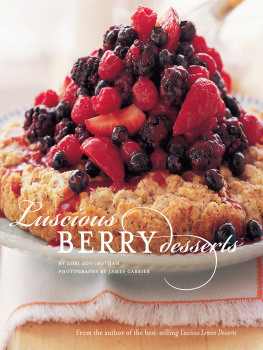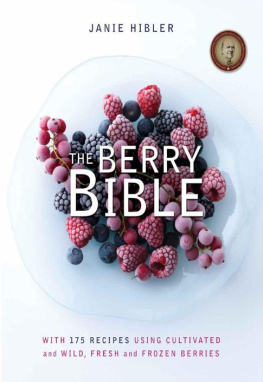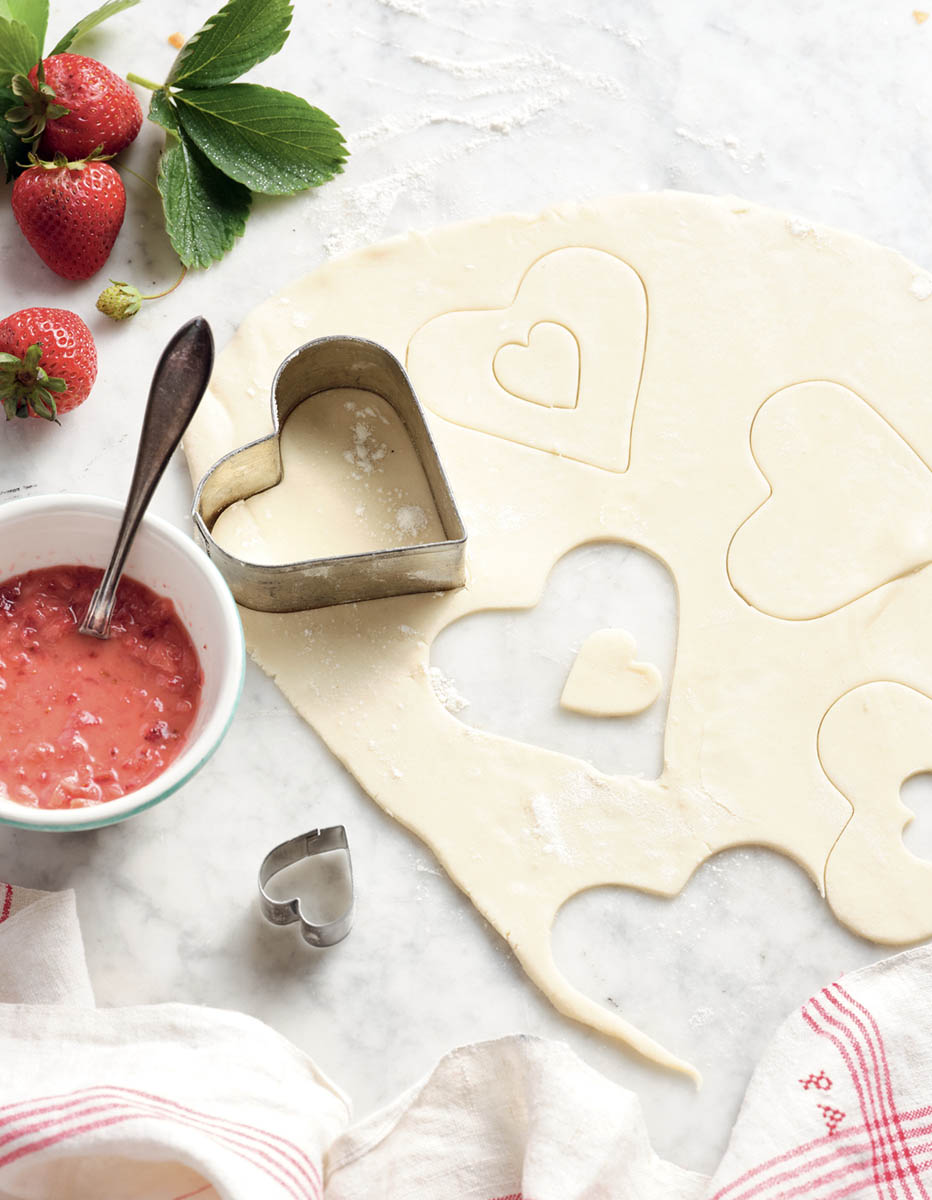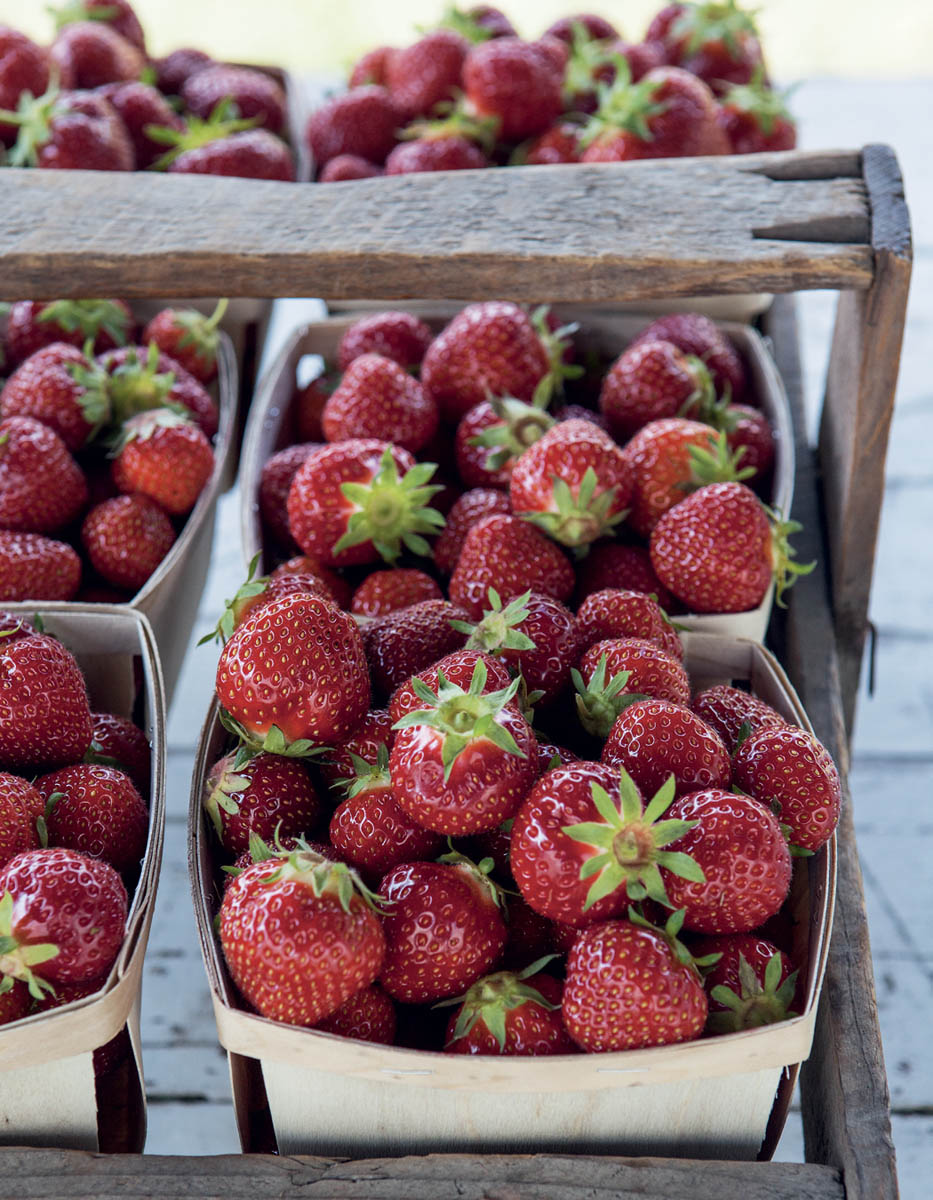To Norman and Rachel
You add the sweetness to my life
The mission of Storey Publishing is to serve our customers by publishing practical information that encourages personal independence in harmony with the environment.
Edited by Deanna F. Cook and Sarah Guare
Art direction and book design by Alethea Morrison
Indexed by Christine R. Lindemer, Boston Road Communications
Cover and interior photography by Keller + Keller Photography
Author photo (back cover flap) by Just Bartee Photography
Food and prop styling by Catrine Kelty
Text 2021 by Cynthia Graubart
Ebook production by Slavica A. Walzl
Ebook version 1.0
April 27, 2021
All rights reserved. No part of this book may be reproduced without written permission from the publisher, except by a reviewer who may quote brief passages or reproduce illustrations in a review with appropriate credits; nor may any part of this book be reproduced, stored in a retrieval system, or transmitted in any form or by any means electronic, mechanical, photocopying, recording, or other without written permission from the publisher.
The information in this book is true and complete to the best of our knowledge. All recommendations are made without guarantee on the part of the author or Storey Publishing. The author and publisher disclaim any liability in connection with the use of this information.
Storey books are available at special discounts when purchased in bulk for premiums and sales promotions as well as for fund-raising or educational use. Special editions or book excerpts can also be created to specification. For details, please call 800-827-8673, or send an email to .
Storey Publishing
210 MASS MoCA Way
North Adams, MA 01247
storey.com
Library of Congress Cataloging-in-Publication Data on file
Contents
Sweet Scarlet Berries
When fresh strawberry season arrives, I lock in a date to visit my local U-pick farm to stock up on the plump ruby gems, filling my back seat with quart after quart of the heavenly scented fruit. A glorious time in my kitchen awaits, turning my field-ripened harvest into savory and sweet jams, thick syrups and shrubs, and desserts of every kind holding aloft the scarlet berries in clouds of billowy whipped cream.
Strawberries are native to North America, and todays cultivated varieties are descendants of a strawberry variety from Virginia crossed with a Chilean variety. Every US state grows strawberries, but California cultivates roughly 90 percent of the commercial crop (about 34,000 acres), with Florida in second place, producing about 8 percent (about 10,700 acres), including all of the winter crop. A single acre of strawberries can produce as much as 50,000 pounds of fruit in a single season. Each field is picked multiple times, as the berries ripen in stages.
Strawberry plants are low to the ground. During their natural growing season, a little white berry emerges from a white flower and grows into a luscious, red, heart-shaped bulb. You may be surprised to learn that strawberries are a member of the rose family and arent even classified as a berry at all. Botanically speaking, they are an aggregate of achenes those little black seeds (the true fruits) that form on the outside of the receptacle (the fleshy, edible part we enjoy).
Ancient Romans used wild strawberries to treat everything from fever to sore throats and even depression. Native Americans used strawberries to treat sores and steeped leaves and roots into teas that treated gum and internal inflammations. Today we know that the fruit is high in vitamin C one serving has more vitamin C than an orange and is a great source of folate and potassium, all of which contribute to bone strength and lower blood pressure. Research suggests that the flavonoids responsible for the red color in strawberries (and the blue in blueberries) have antioxidant and anti-inflammatory properties and may improve heart health, help manage diabetes, support brain health, mediate inflammation, and reduce the risk of some cancers. Its no wonder strawberries are considered a superfruit!
The recipes that follow feature strawberries at their best for any time of day. Savory recipes bring out the more complex flavors of the fruit, while the sweet recipes make for easy breakfasts and snacks and showstopping desserts. So whether its , theres a recipe here for every taste and occasion.
Tips for Cooking with Strawberries
When purchasing fresh strawberries, choose berries that are firm, plump, fully red, and free from moisture. Organic berries, where available, are pesticide-free and are a healthier choice.
Pick strawberries in the morning, when the fruit is still cool, as the heat of the day makes the berries more fragile. Local U-pick farms are a fun outing for the whole family. To pick a strawberry, hold the stem between your forefinger and thumbnail about 1 inch above the fruit, resting the strawberry in your palm. Pinch the stem to break it apart and release the berry, then move it to a shallow container. Avoid filling a container more than 3 inches deep, to reduce the chance of the berries being crushed.
Strawberries should be stored unwashed and refrigerated, and only washed immediately before use. Fresh berries keep refrigerated just a few days, so use them up quickly or freeze.
To hull strawberries, use the tip of a small knife to score around the edge of the stem end of the berry and lift out the leafy top and hard core underneath. Another method uses a straw inserted into the bottom end of the strawberry up through the stem end. The core and leafy top are trapped in the top end of the straw. Pinch the straw and draw it out of the strawberry to remove the core.
To slice strawberries, place them hulled-side down and slice vertically.
Frozen strawberries are widely available in 3-pound bags, making them ideal for keeping on hand year-round.
To freeze fresh strawberries, slice off the top, place the berries cut-side down on a parchment paperlined baking sheet, and freeze. When frozen solid, move to freezer bags.
You can substitute frozen strawberries for fresh in recipes where the strawberry is fully cooked, or fully incorporated into a mixture that is whirred in a food processor or blender. Most recipes will note if the berries should be used frozen, or thawed before using.
To boost strawberry flavor in a recipe, add some freeze-dried strawberries that have been pulverized into a powder.
Strawberries are easily substituted for other summer fruit in your favorite recipes for cobblers, crisps, and most other sweet treats.
To dry your own strawberries, wash and hull the strawberries. Cut the berries in half except if they are large: Cut those in quarters. Spread out the cut berries in a single layer on a parchment-lined baking sheet and place in a preheated 200F (95C) oven. Rotate the pan every 30 to 45 minutes, drying for about 3 hours. Remove the baking sheet and allow to cool for 30 minutes. Check a thick strawberry by breaking it in half. If any moisture is detected, return the pan to the oven for 30 minutes. Transfer the dried berries to a ziplock bag or plastic container and store in an area away from sunlight. Watch for signs of condensation, which can encourage mold. If it occurs, redry the berries for another hour or so.


